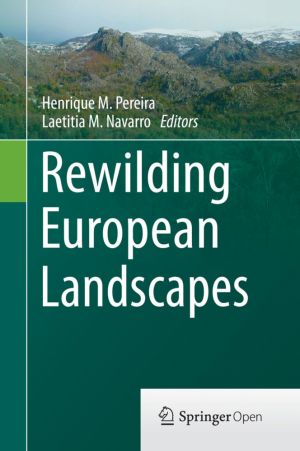

The current consensus is that conversion and degradation of habitats is driving global species loss, which in turn compromises the functioning of ecosystems and delivery of services (Cardinale et al., 2012 Pimm et al., 2014). Among the direct drivers of change in biodiversity with the largest relative global impacts, change in land use ranks particularly high: recent estimates show that three-quarters of terrestrial environments have been considerably altered by agricultural and forestry practices as well as urbanisation (Diaz et al., 2019). Human activity is leading to rapid and global biodiversity losses and increasing pressure on natural resources, compromising the ability of the planet's natural environment to sustain future generations (IPBES, 2019). Altogether, our approach clearly demonstrates how freely available satellite data can (1) provide vital insights about long-term changes in ecosystem composition, structure and functioning, even for small, heterogeneous and relatively intensively used landscapes and (2) help deepen our understanding of the impacts of rewilding on vegetation distribution and dynamics, in ways that complement existing ground-based studies on the impacts of this approach on ecological communities.

Changes in land cover and primary productivity are particularly pronounced in the part of the estate that began its rewilding journey with a period of large herbivore absence. Results show significant changes in land cover distribution over the past 20 years inside rewilded areas in the Knepp estate, with a 41.4% decrease in areas with brown agriculture and grass, a roughly sixfold increase in areas covered with shrubs, and a 40.9% increase in areas with trees vegetation in the rewilded areas also showed a widespread increase in annual primary productivity. To our knowledge, this study is the first to assess the impacts of rewilding as an ecological regeneration strategy on landscape structure and functioning over several decades. To address this knowledge gap, we explored how satellite remote sensing can contribute to informing the monitoring and evaluation of rewilding projects, using the Knepp estate as a case study. So far, however, there is little practical information on how to gauge the benefits and limitations of rewilding schemes on ecosystem composition, structure and functioning. Rewilding is increasingly considered as an option for environmental regeneration, with potential for enhancing both biodiversity and ecosystem services.


 0 kommentar(er)
0 kommentar(er)
